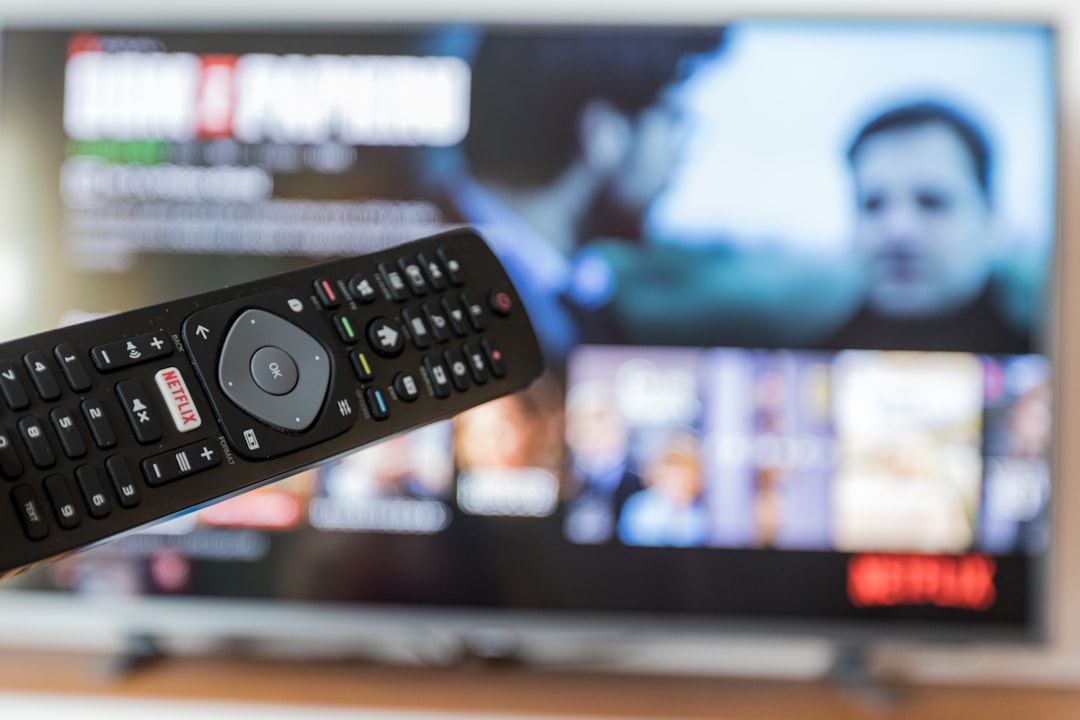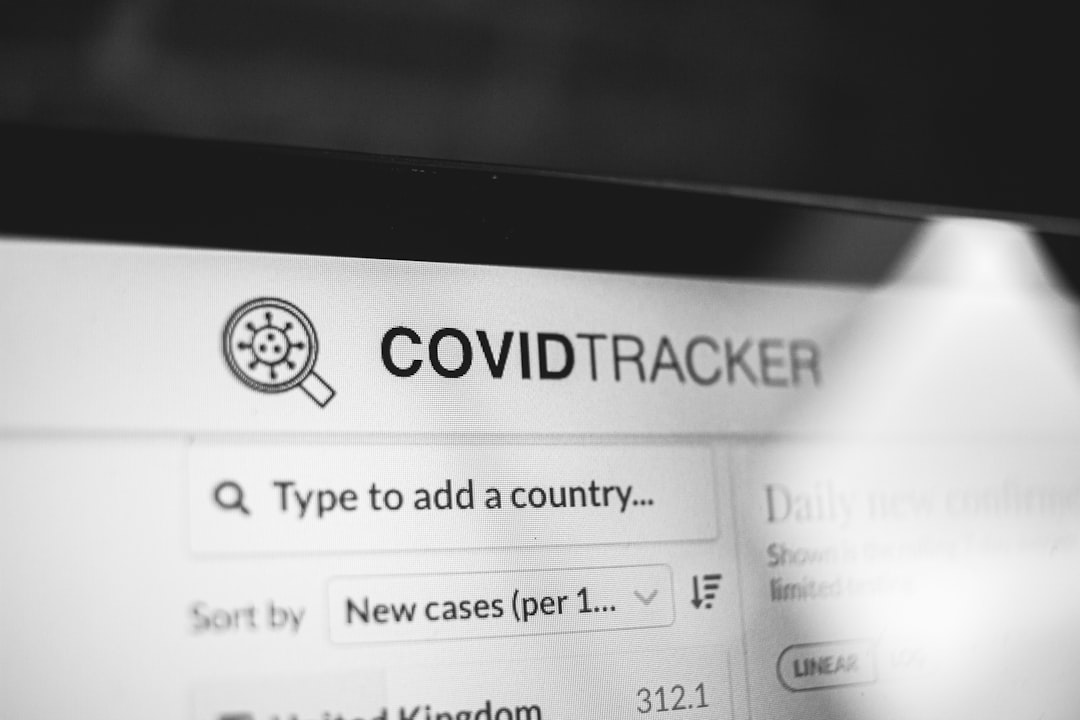As global privacy laws continue to evolve, businesses with digital presences face increasing pressure to comply with stringent regulations surrounding user data. Two of the most influential regulations—the EU’s General Data Protection Regulation (GDPR) and California’s Consumer Privacy Act (CCPA)—have reshaped how websites must inform visitors and obtain consent for data usage. One critical feature affected by these laws is the cookie banner, a familiar pop-up seen by anyone browsing the internet today.
This article explores the nuances of GDPR and CCPA compliance, how cookie banners play a key role in achieving it, and how businesses should tailor banner settings for visitors from the European Union (EU) and the United States (US). Whether you’re a digital marketer, web developer, or a startup founder, understanding these requirements can save your business from both reputational damage and costly penalties.
The Rising Importance of Cookie Banners
Cookies are small files stored on a user’s device that collect and store information about their browsing behavior. Cookies are essential for analytics, advertising, personalized content, and more. However, they also raise significant privacy concerns when used without proper transparency or consent.
In response to these concerns, the GDPR and CCPA have established incredibly specific roles for cookie banners—to inform, gain affirmative consent, and allow users to manage their privacy preferences easily. These legal frameworks, though similar in goals, differ considerably in execution and technical expectations.

GDPR Cookie Banner Requirements (EU Visitors)
Introduced in 2018, the EU’s GDPR focuses on empowering individuals regarding how their data is collected and used. For cookie banners, this translates into specific and strict expectations:
- Explicit Consent: Users must take affirmative action to accept cookies. Passive acceptance (like continued site use) is not valid.
- Granular Control: Users should be able to select which types of cookies they allow (e.g., analytics, advertising, functional).
- Prior Consent: No cookies (other than strictly necessary ones) should be set before consent is given.
- Withdrawal Options: Users must have the ability to change or withdraw their consent easily at any time.
- Clear and Simple Language: Information about cookies, their purpose, and third-party involvement should be easy to understand.
These rigorous requirements mean that GDPR-compliant cookie banners are often highly customizable and include “Accept,” “Reject,” and “Customize” options. Simply put, informed consent is the heart of GDPR.
CCPA Cookie Banner Requirements (US Visitors)
The CCPA took effect in 2020, focusing on data transparency and the right to opt-out rather than prior consent. While businesses aren’t obliged to display cookie banners in the same way as under the GDPR, banners are still instrumental for compliance purposes.
- Right to Opt-Out: Users must be informed of their right to prevent the selling or sharing of their personal data.
- “Do Not Sell My Personal Information” Link: This must be understandably visible, often included in banners or footers.
- Notice at Collection: Banners can serve as an immediate form of notification when users land on the website.
- Clear Disclosure: What data is being collected, to what purpose, and which third parties have access should be disclosed.
Unlike GDPR, CCPA does not require businesses to block cookies until consent is granted. Instead, control is user-initiated, focusing on transparency and providing mechanisms to opt out rather than opt-in. As such, CCPA-compliant cookie banners often include “Accept” and “Do Not Sell My Information” buttons and a detailed privacy policy link.
Differences in Consent Models
| Aspect | GDPR (EU) | CCPA (US) |
|---|---|---|
| Consent Type | Opt-In | Opt-Out |
| Pre-Consent Cookie Blocking | Required | Not Required |
| “Do Not Sell” Requirement | No | Yes |
| Granular Choices | Yes | No (Not mandatory) |
Customizing Cookie Banners by Region
An effective strategy for businesses is geolocation-based customization—presenting different cookie banner experiences depending on the user’s region. Here’s how you can optimize your site for both standards:
For EU Visitors (GDPR)
- Use geolocation to identify EU-based IP addresses.
- Display a full consent banner requiring opt-in.
- Disable all non-essential cookies by default.
- Provide options to accept all, reject all, or choose specifics.
- Store and manage user consent logs for audit backup.
For US Visitors (CCPA)
- Show a less intrusive banner focusing on data disclosure.
- Include a clear link to the “Do Not Sell” page.
- Allow users to opt-out easily without disabling cookies by default.
- Highlight Privacy Policy and any data collection notice.
- Ensure your system accommodates Universal Opt-Out mechanisms.

Choosing the Right Consent Management Platform (CMP)
Given the complexity of maintaining regional compliance, businesses often turn to Consent Management Platforms (CMPs) like OneTrust, Cookiebot, or TrustArc. These tools detect user location, manage cookie behavior, and store consent records in one centralized place.
Features to look for in a CMP include:
- Dynamic region-based banner delivery
- Auto cookie categorization
- Language and legal text translations
- Consent record-keeping & analytics
- Integration with tag managers and CMS platforms
A capable CMP can reduce manual errors and ensure consistency, allowing your business to focus on user experience while staying compliant.
Common Cookie Banner Mistakes to Avoid
Even with the best intentions, businesses can fall short in their cookie banner implementation. Avoid these common pitfalls:
- Loading non-essential cookies before consent: This violates GDPR and can result in fines.
- Using vague language: Terms like “we may collect data” lack clarity and can lead to non-compliance.
- Not offering an opt-out for CCPA: Especially failing to include the “Do Not Sell” option.
- Forgetting about mobile users: Ensure cookie banners are responsive and user-friendly across all devices.
Conclusion
As data privacy legislation expands globally, proactive adaptation to laws like the GDPR and CCPA is vital. Cookie banners are front-line tools in the fight for digital transparency, giving users not just information, but control over their data. Implementing region-specific banners shows a commitment to compliance and trust, both vital currencies in the digital marketplace.
Whether you’re dealing with EU citizens under GDPR or Californians under CCPA, your cookie banner strategy must be tailored to meet both legal and ethical expectations. The good news is: with the right approach and tools, it’s entirely achievable.
 data privacy law,website compliance,gdp ccpa warnings[/ai-img>
data privacy law,website compliance,gdp ccpa warnings[/ai-img>
Once seen as a minor annoyance, cookie banners have grown into full-blown privacy portals. Treat them with the seriousness they deserve, and your business won’t just avoid fines—it will win user trust in a world increasingly conscious of digital rights.

